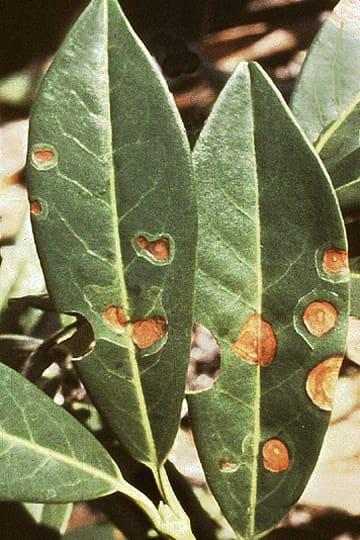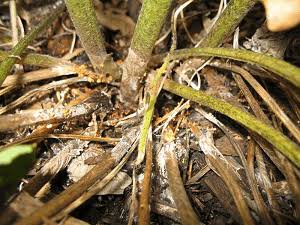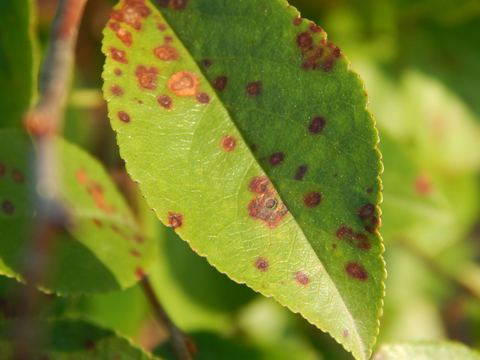Cherry Laurel
Cherry laurel shrubs/trees, 10-20 feet tall in Zones 6-9, grow rapidly in well-drained soil and full sun to partial shade. Known for their aromatic leaves, cherry laurels produce small, non-edible fruits.
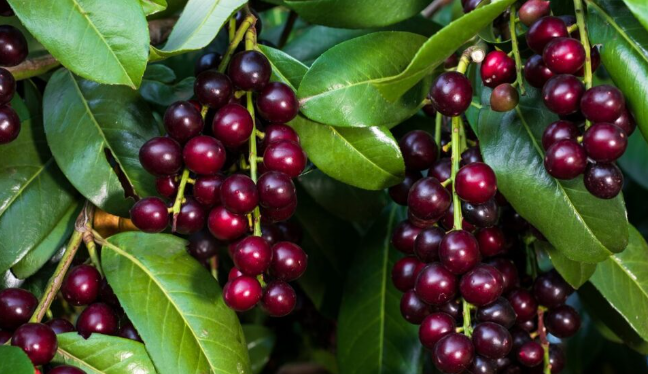
Habit
Tree
Height
3-6 m
Growth
Fast
Soil
Well-drained, sandy loam
Shade
Full Sun to partial shade
Moisture
Moderate
Edible
No
Medicinal
No
Origin
Europe, Asia Minor
Climatic Condition
Tropical, Subtropical
Temperature (°)
10-25°C
Humidity (%)
40-70%
Potting media
Peat, mulch
Fertilizers
NPK 10:10:10
Watering
Moderate watering
Plant Weight
5-10 kg
Flowering Time
Spring (March-April)
Soil Ph level
6.0 - 7.5
Water Ph level
6.0 - 7.5
Soil EC
1-2 dS/m
Yield Per Plant
9.79 to 34.19 kg
NPK ratio
10:10:10
life Span
20-50 years
Health Benefits
Hedge plant, wind barrier, medicinal uses
Suggested Grow Media or Potting Mix ?
50% loamy soil, 30% compost, 20% sand
Suggested Fertigation/Fertilizers
Fertilize every 6 weeks with a balanced, slow-release fertilizer.
Common Diseases and Remedies
powdery mildew ,leaf spot.
white patches on leaves ,fungal structures on leaves,water sunken spots on leaves.
Baking soda,neem oil
HEALTH BENEFITS
· Used in traditional herbal remedies for coughs and respiratory issues.
· Contains cyanogenic compounds, so should be used with caution.
What Is An Cherry laurel Tree?
The cherry laurel plant, scientifically known as Prunus laurocerasus, is a versatile evergreen shrub or small tree native to regions of Asia and Europe. It is commonly grown for its attractive foliage, fragrant flowers, and easy care. Hardiness zones are 6 to 9, but specific cultivars may have different hardiness ratings.

What Are The Different Types Of Cherry laurel Plants?
1. Skipkensis (Skip Laurel)
This variety is prized for its dense, compact growth and glossy green leaves. It is often used as hedges and privacy screens due to its excellent resistance to cutting and shaping.
2. 'Otto Luycken'
This compact variety is characterized by narrow, dark green leaves and dense, hilly growth. Works well as a low hedge, as a foundation plant or as a specimen shrub.
3. 'English Laurel'
Prunus laurocerasus Also known as 'Rotundifolia', this variety has wide, glossy green leaves and a fast-growing, upright habit. It is often used as a hedge or as a specimen plant in large landscapes
4. Zabeliana'
This variety is prized for its compact, spreading growth and small leaves. Often used as a groundcover or low-growing hedge.
5. Caucasian
Also known as 'Caucasian Cherry Laurel', this variety has larger leaves and a more open habit than other varieties. It is prized for its decorative foliage and adaptability to a variety of growing conditions.
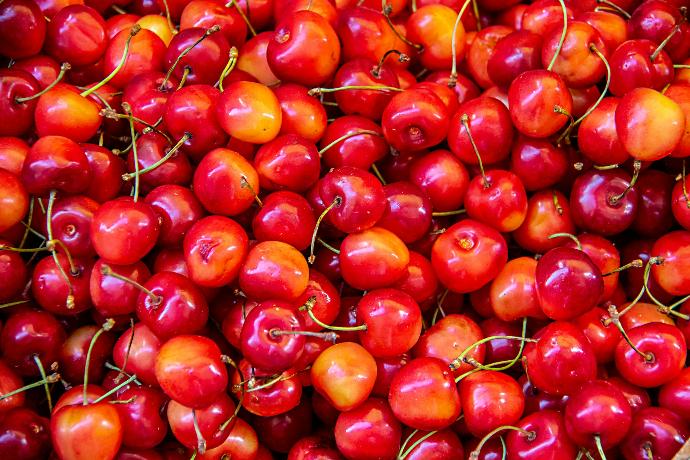
What Are The Different Types Of Areca Palm Plants?
1. Location
Ensure the planting site has access to supplemental irrigation, especially during the establishment stage. This plant can be planted in urban landscapes, along roadsides, or on parking islands, helping to reduce environmental impact.
2. sunshine
Laurels grow best when planted where they receive at least 4 to 6 hours of direct sunlight per day. In full sun, they usually grow more vigorously and produce denser foliage.
3. Soil
Cherry laurel, like most plants, prefers well-drained soil that is rich in organic matter. A mixture of clay and compost works well. Make sure the soil pH is slightly acidic to neutral, ideally between 6.0 and 7.0. Also, cherry laurel doesn't like its roots to stay constantly wet, so make sure it has good drainage to avoid waterlogging.
4. Hydration
Hydration is important to the health of cherry laurels, especially during the establishment stage. Here are some tips for staying hydrated. Cherry bay leaves require regular watering, especially during dry or hot weather. Water deeply and thoroughly to encourage deep root growth. I try to keep the soil constantly moist, but it doesn't.
Soaked. Apply a layer of organic mulch around the base of your plants to conserve soil moisture, regulate soil temperature, and suppress weed growth. Mulching also reduces water evaporation from the soil surface.
5. Nutrition
Use a balanced, slow-release fertilizer specially formulated for shrubs and trees. Fertilize in early spring, before new growth begins. Follow the instructions on the fertilizer package for the proper dosage. Mix organic matter such as compost, well-aged manure, and leaf mold into the soil at the base of the plant. Organic materials improve soil structure, fertility and moisture retention, providing important nutrients for cherry laurel.
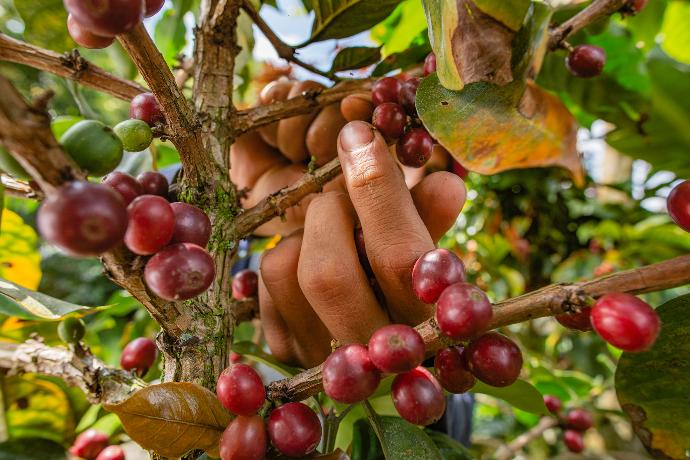
6) Issues
The most common pests that attack cherry laurel include aphids, scale insects, caterpillars, and spider mites. Laurels are susceptible to fungal diseases such as spot, powdery mildew, and root rot. Environmental factors such as drought, flooding, extreme temperatures, and poor soil conditions can stress cherry laurel and make it more susceptible to pests and diseases. Water regularly during dry periods and mulch the bottom of the plant as needed to improve soil drainage and retain moisture and regulate soil temperature.
What are the Benefits of Cherry laurel Plants ?
Privacy Screen: With its dense foliage and upright growth, cherry laurel is ideal as a privacy screen or hedge, providing secluded areas and blocking unwanted views.Aesthetic appeal: Laurel trees have glossy evergreen leaves and often produce fragrant white flowers in the spring, adding beauty and visual appeal to gardens and landscapes year-round. Versatility: These versatile plants grow in a variety of soil types and light conditions, making them suitable for a variety of landscaping applications, from formal hedges to informal borders.
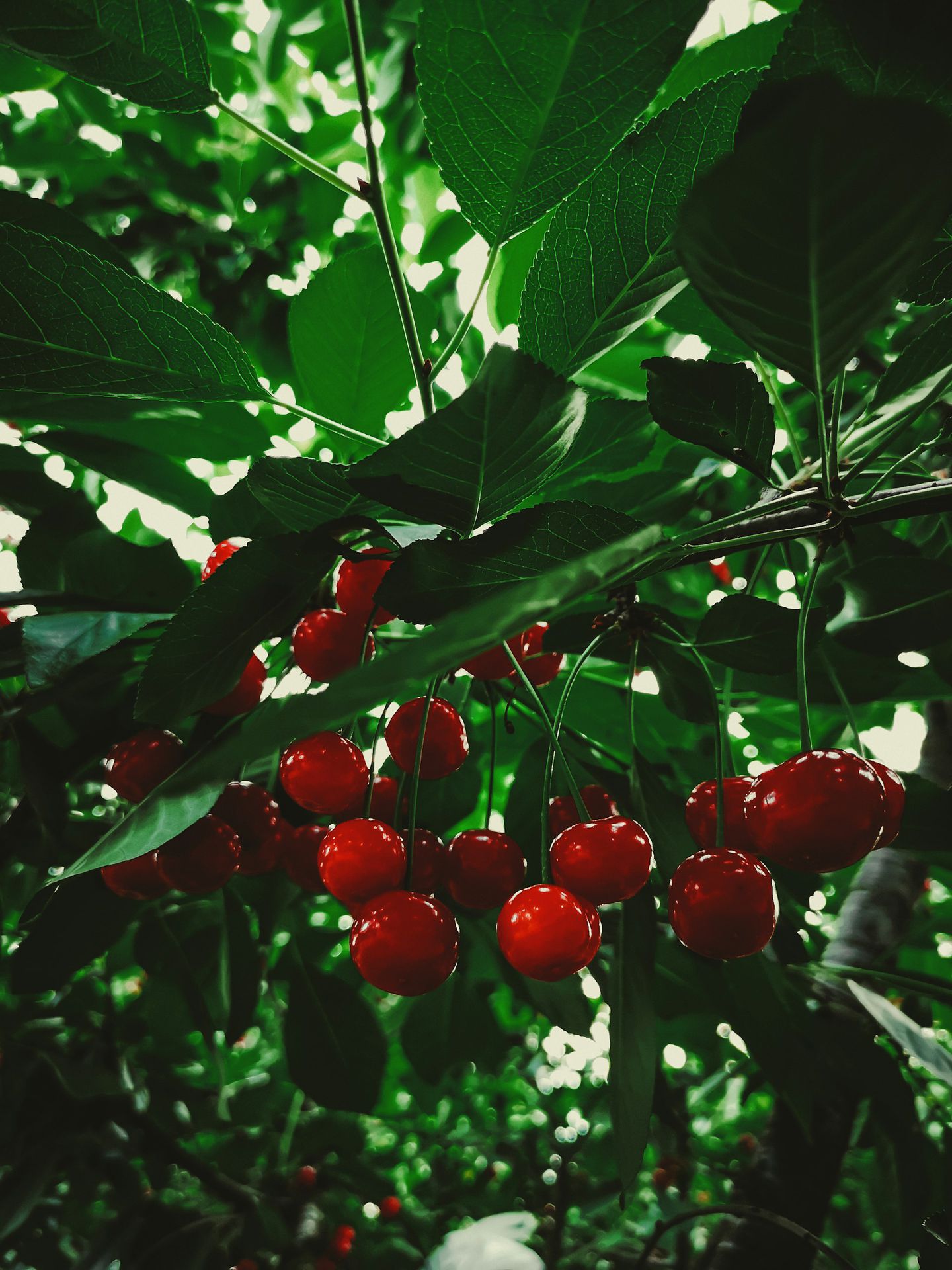
FAQs About Growing Cherry laurel
1. Do cherry laurels produce berries, and are they edible?
Yes, cherry laurels produce small black berries that are attractive to birds. However, these berries are toxic to humans if ingested
2. Can cherry laurels be grown in containers?
Yes, cherry laurels can be grown in containers, but they will require regular watering and occasional repotting as they grow. Choose a large container with good drainage holes and use a well-draining potting mix.
3. How fast do cherry laurels grow?
Cherry laurels are moderate to fast-growing plants, typically growing 12 to 24 inches per year under optimal conditions.
4. Are cherry laurels deer-resistant?
Yes, cherry laurels are generally deer-resistant due to their toxicity. Deer tend to avoid browsing on them.
5. How do I propagate cherry laurels?
Cherry laurels can be propagated from seeds, cuttings, or layering.
